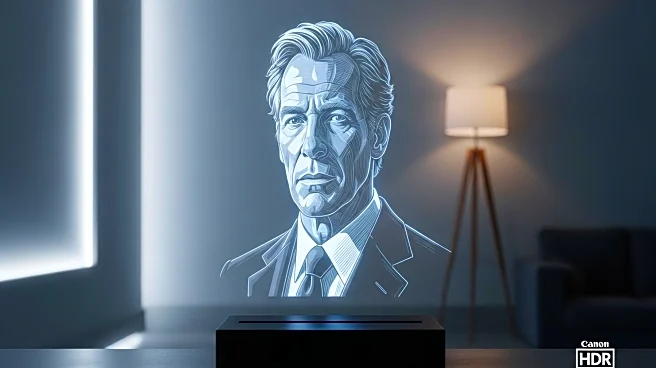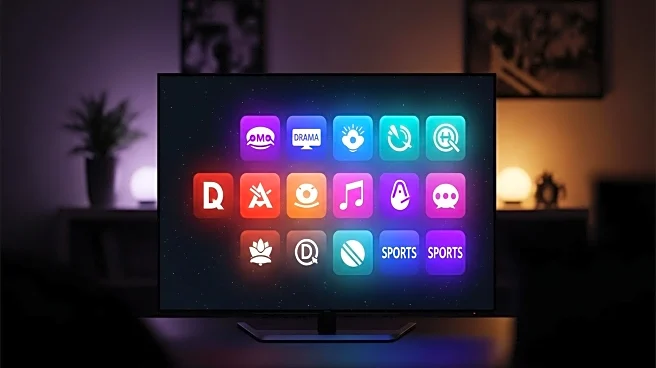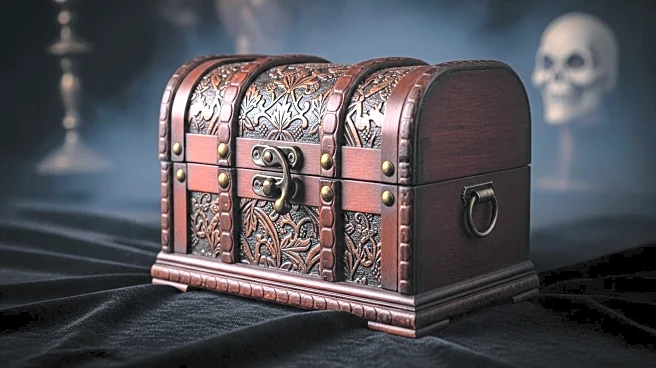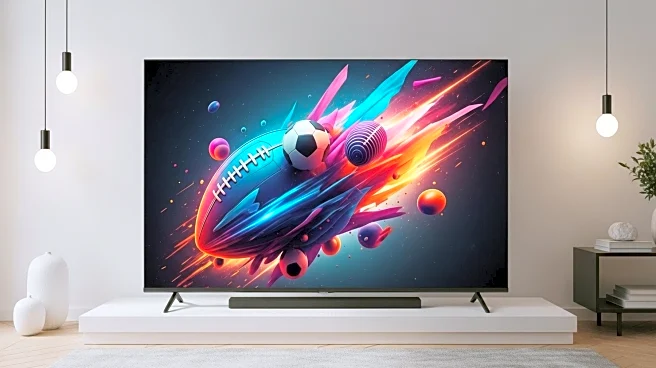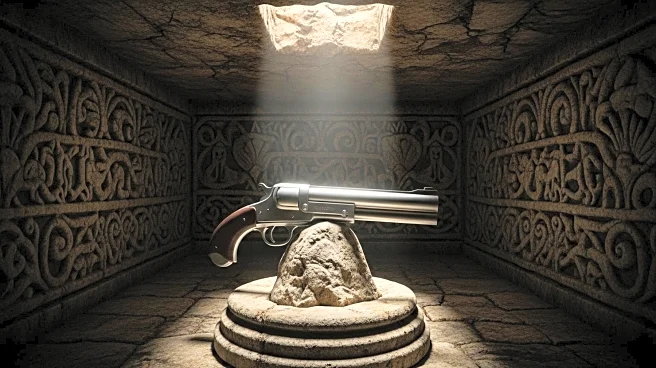What's Happening?
In the latest season of Netflix's 'Wednesday,' Christopher Lloyd reprises his role in a unique way as Professor Orloff, a severed head floating in a jar. The visual effects team, led by Tom Turnbull, employed volume capture technology to create a highly realistic computer-generated version of Lloyd. This technique involved capturing every frame of Lloyd's performance at high resolution, allowing for a CG replica that maintains the actor's likeness. The challenge was to make the head appear as if it were truly submerged in water, which was achieved by adding visual elements like bubbles and grime to enhance realism. The series also features intricate prosthetic work by Tristan Versluis, particularly in scenes involving sinister experiments at Nevermore Academy.
Why It's Important?
The use of advanced visual effects in 'Wednesday' highlights the growing trend of integrating cutting-edge technology in television production. This approach not only enhances the viewing experience but also sets a new standard for realism in visual storytelling. The successful implementation of such effects can influence future productions, encouraging more creative and technically ambitious projects. For the industry, this signifies a shift towards more sophisticated and immersive content, potentially attracting a wider audience and increasing viewer engagement.
